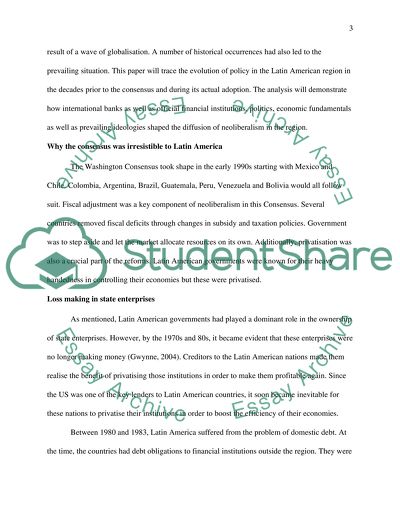Cite this document
(“Why was the Washington consensus irresistible in Latin America Essay - 1”, n.d.)
Retrieved de https://studentshare.org/geography/1498369-why-was-the-washington-consensus-irresistible-in
Retrieved de https://studentshare.org/geography/1498369-why-was-the-washington-consensus-irresistible-in
(Why Was the Washington Consensus Irresistible in Latin America Essay - 1)
https://studentshare.org/geography/1498369-why-was-the-washington-consensus-irresistible-in.
https://studentshare.org/geography/1498369-why-was-the-washington-consensus-irresistible-in.
“Why Was the Washington Consensus Irresistible in Latin America Essay - 1”, n.d. https://studentshare.org/geography/1498369-why-was-the-washington-consensus-irresistible-in.


